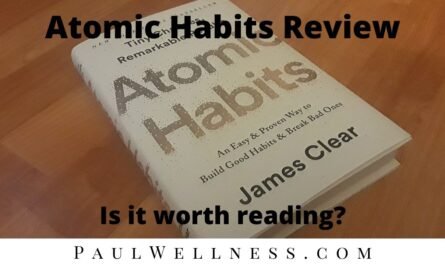Post-Traumatic Stress Disorder (PTSD) is a severe mental health condition triggered by experiencing or witnessing a traumatic event. One of the most challenging aspects of PTSD is experiencing episodes or flashbacks, where the individual feels as though they are reliving the traumatic event. What does a PTSD episode look like? Understanding what a PTSD episode looks like can help individuals, loved ones, and caregivers better manage and support those affected by this condition.
Want to know even more about PTSD? Check out our recommended Best Books About PTSD.
Key Takeaways
- PTSD episodes involve intense, distressing experiences that can significantly impact daily life.
- Recognizing the signs and symptoms of a PTSD episode can aid in providing timely and effective support.
- Ongoing research and expert insights are crucial in improving PTSD management and treatment.
Understanding PTSD Episodes
What is a PTSD Episode?
A PTSD episode, often referred to as a flashback, is a sudden, intense re-experiencing of a past traumatic event. During an episode, individuals may feel as if they are back in the traumatic situation, experiencing the sights, sounds, and emotions associated with it.
Symptoms of a PTSD Episode
1. Intrusive Memories
- Flashbacks: Vivid, distressing memories of the traumatic event that feel very real.
- Nightmares: Intense, disturbing dreams related to the trauma.
2. Emotional and Physical Reactions
- Intense Fear or Panic: Feeling overwhelmed by fear or panic as if the trauma is happening again.
- Physical Symptoms: Sweating, rapid heartbeat, trembling, or difficulty breathing.
3. Dissociation
- Feeling Detached: A sense of being disconnected from oneself or the surroundings.
- Altered Reality: Perceiving the environment as unreal or distorted.
Real-Life Examples
Understanding PTSD episodes can be more relatable with real-life examples. For instance, a veteran who hears a loud noise may suddenly feel transported back to a battlefield, experiencing the same fear and adrenaline rush as during combat. Similarly, a survivor of a car accident might experience intense distress and flashbacks when seeing a similar vehicle or location.
Recent Developments in PTSD Research
Advances in Understanding and Treatment
As of July 10, 2024, recent studies have significantly advanced the understanding and treatment of PTSD episodes. Researchers are exploring the neurological basis of flashbacks, identifying specific brain regions involved in the re-experiencing of trauma. These insights are paving the way for targeted treatments that address the root causes of PTSD episodes.
Innovative Therapies
New therapeutic approaches, such as Virtual Reality Exposure Therapy (VRET) and Eye Movement Desensitization and Reprocessing (EMDR), are showing promise in treating PTSD episodes. VRET allows individuals to confront and process traumatic memories in a controlled, virtual environment, while EMDR helps rewire the brain’s response to trauma.
Leading Experts and Their Contributions
Dr. Bessel van der Kolk
Dr. Bessel van der Kolk’s groundbreaking research on trauma and its impact on the brain has been instrumental in understanding PTSD. His book, “The Body Keeps the Score,” offers deep insights into how trauma affects the body and mind. Learn more about his work here.
Dr. Judith Herman
Dr. Judith Herman’s work on trauma and recovery has been pivotal in defining and treating PTSD. Her book, “Trauma and Recovery,” is a foundational text in the field of trauma studies. Discover more about her contributions here.
International Society for Traumatic Stress Studies (ISTSS)
ISTSS is a leading organization dedicated to the study and treatment of traumatic stress. They provide valuable resources, research, and support for professionals and the public. Visit their site for more information here.
Internal Links
- Best Planner for ADHD
- Best Family Conversation Cards for Engaging and Meaningful Interactions
- Best Books for OCD: Unlocking the Mind
Conclusion – What Does a PTSD Episode Look Like?
Recognizing and understanding what a PTSD episode looks like is crucial for providing support to those affected by this condition. By staying informed about recent developments and expert insights, individuals and caregivers can better manage PTSD episodes and aid in the recovery process.
About the Author
PaulWellness has been an expert in the field for many years, providing insights and guidance on mental health and wellness. His extensive experience and empathetic approach have helped many individuals and families navigate the challenges of PTSD.


